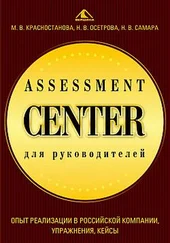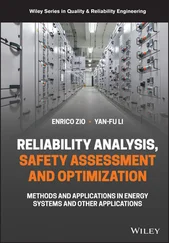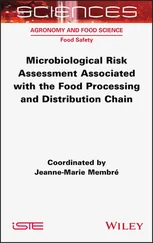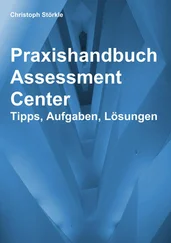Marvin Rausand - Risk Assessment
Здесь есть возможность читать онлайн «Marvin Rausand - Risk Assessment» — ознакомительный отрывок электронной книги совершенно бесплатно, а после прочтения отрывка купить полную версию. В некоторых случаях можно слушать аудио, скачать через торрент в формате fb2 и присутствует краткое содержание. Жанр: unrecognised, на английском языке. Описание произведения, (предисловие) а так же отзывы посетителей доступны на портале библиотеки ЛибКат.
- Название:Risk Assessment
- Автор:
- Жанр:
- Год:неизвестен
- ISBN:нет данных
- Рейтинг книги:3 / 5. Голосов: 1
-
Избранное:Добавить в избранное
- Отзывы:
-
Ваша оценка:
Risk Assessment: краткое содержание, описание и аннотация
Предлагаем к чтению аннотацию, описание, краткое содержание или предисловие (зависит от того, что написал сам автор книги «Risk Assessment»). Если вы не нашли необходимую информацию о книге — напишите в комментариях, мы постараемся отыскать её.
2nd Edition
The book begins with an introduction of risk analysis, assessment, and management, and includes a new section on the history of risk analysis. It covers hazards and threats, how to measure and evaluate risk, and risk management. It also adds new sections on risk governance and risk-informed decision making; combining accident theories and criteria for evaluating data sources; and subjective probabilities. The risk assessment process is covered, as are how to establish context; planning and preparing; and identification, analysis, and evaluation of risk.
also offers new coverage of safe job analysis and semi-quantitative methods, and it discusses barrier management and HRA methods for offshore application. Finally, it looks at dynamic risk analysis, security and life-cycle use of risk.
Serves as a practical and modern guide to the current applications of risk analysis and assessment, supports key standards, and supplements legislation related to risk analysis Updated and revised to align with ISO 31000 Risk Management and other new standards and includes new chapters on security, dynamic risk analysis, as well as life-cycle use of risk analysis Provides in-depth coverage on hazard identification, methodologically outlining the steps for use of checklists, conducting preliminary hazard analysis, and job safety analysis Presents new coverage on the history of risk analysis, criteria for evaluating data sources, risk-informed decision making, subjective probabilities, semi-quantitative methods, and barrier management Contains more applications and examples, new and revised problems throughout, and detailed appendices that outline key terms and acronyms Supplemented with a book companion website containing Solutions to problems, presentation material and an Instructor Manual
is ideal for courses on risk analysis/risk assessment and systems engineering at the upper-undergraduate and graduate levels. It is also an excellent reference and resource for engineers, researchers, consultants, and practitioners who carry out risk assessment techniques in their everyday work.
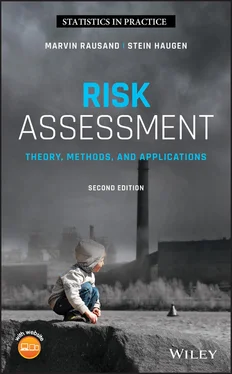


 , after she has access to the evidence
, after she has access to the evidence  , is called the posterior probability
, is called the posterior probability  .
. based on her prior belief and some additional evidence
based on her prior belief and some additional evidence  .
. is given by her prior probability
is given by her prior probability  . After having obtained the evidence
. After having obtained the evidence  , her probability of
, her probability of  is, from ( 2.4), seen to change by a factor of
is, from ( 2.4), seen to change by a factor of  .
. and her posterior probability
and her posterior probability  , the analyst may consider this as her current prior probability. When additional evidence
, the analyst may consider this as her current prior probability. When additional evidence  becomes available, she may update her current belief in the same way as previously and obtain her new posterior probability:
becomes available, she may update her current belief in the same way as previously and obtain her new posterior probability:
 can be done sequentially as she obtains more and more evidence.
can be done sequentially as she obtains more and more evidence. in ( 2.4), the analyst expresses her belief about the unknown state of nature
in ( 2.4), the analyst expresses her belief about the unknown state of nature  when the evidence
when the evidence  is given and known. The interpretation of
is given and known. The interpretation of  in ( 2.4) may therefore be a bit confusing because
in ( 2.4) may therefore be a bit confusing because  is known. Instead, we should interpret
is known. Instead, we should interpret  as the likelihood that the (unknown) state of nature is
as the likelihood that the (unknown) state of nature is  , when we know that we have got the evidence
, when we know that we have got the evidence  .
.



